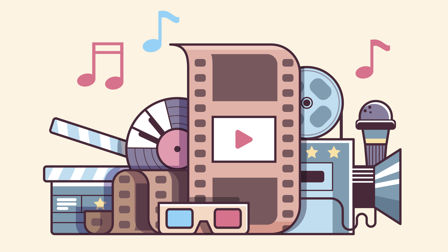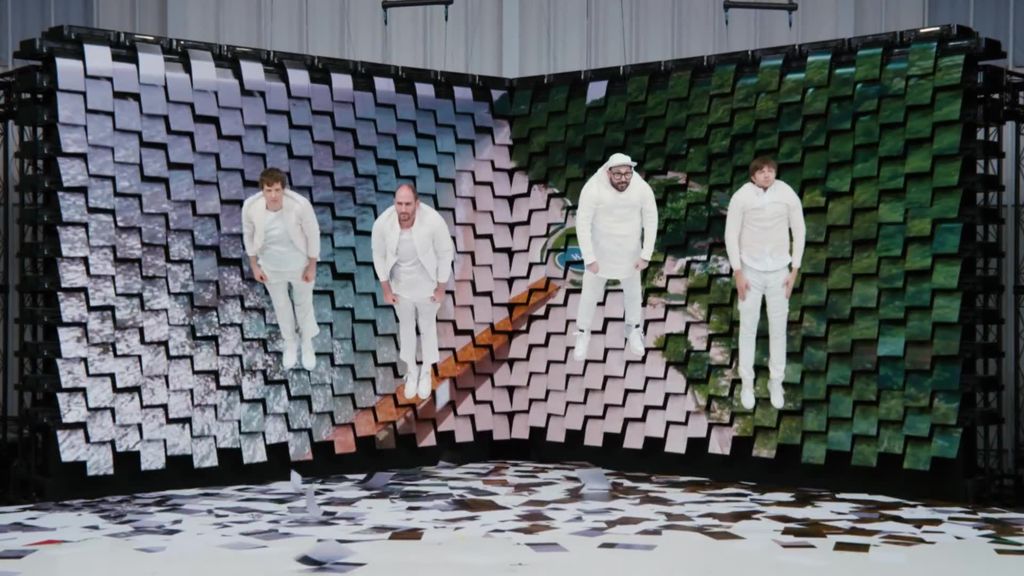It's all go for Damian Kulash
OK Go frontman, Damian Kulash Jr, talks to David Knight about putting practical considerations aside in favour of the alchemical while also ‘building a structure’ so a little thing like impending fatherhood doesn’t encroach on his happiness.
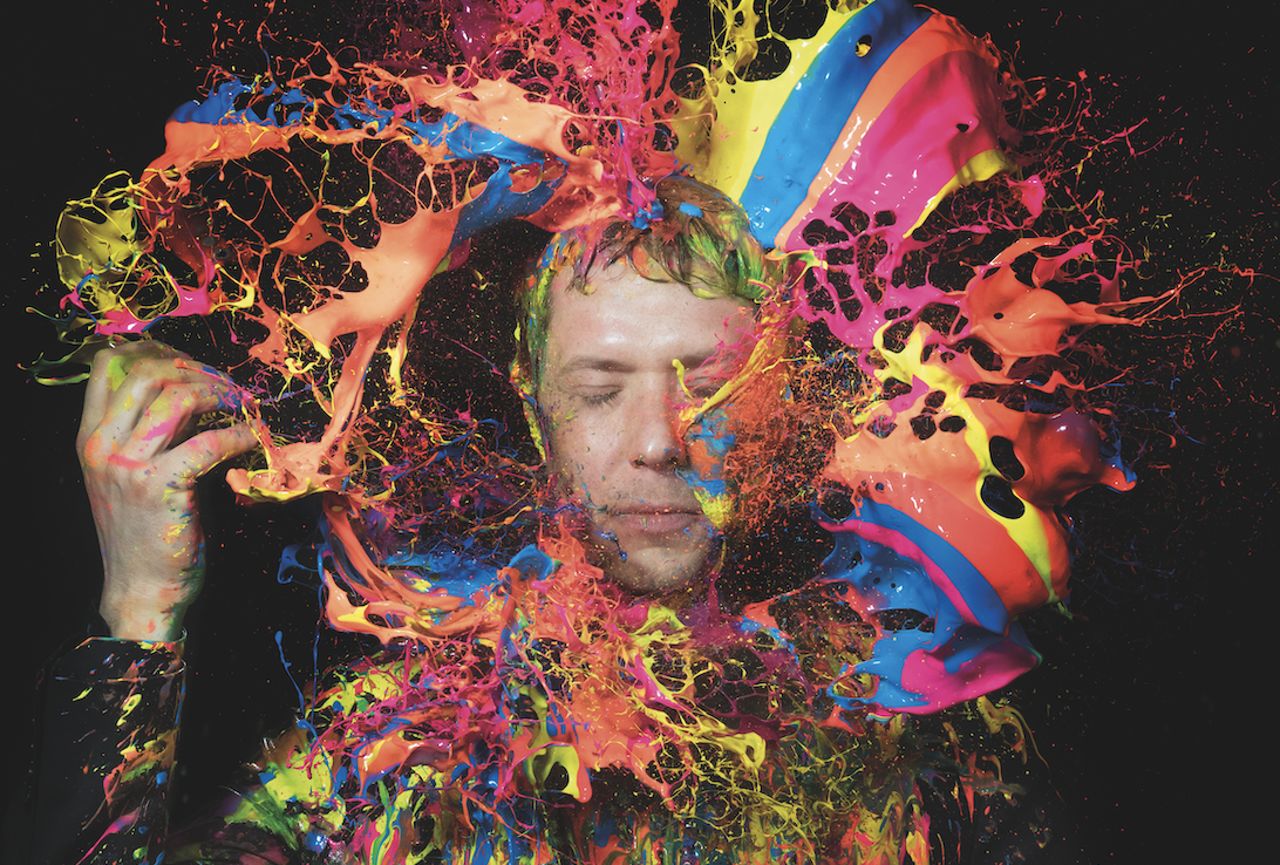
OK Go frontman and promo mad professor, Damian Kulash Jr, is bringing his talents for directing the most contagious of viral videos to the commercial sector. Damian Kulash Jr. is facing his biggest challenge yet. The frontman of indie band OK Go, famous for its envelope-pushing promos, has done some remarkable things in the past few years, but his next project is going to be a real game changer – fatherhood.
When he talks to us in March, Kulash’s wife, the screenwriter Kristin Gore, is two months away from giving birth to their twins, and Kulash is well aware that his life is entering a daunting new phase. It’s given him cause to sit back, take stock and start thinking about the Big Stuff. One big question he’s asking is how to reconcile his and Gore’s current life with their future. How do you have both a proper and fulfilling creative and family life and be happy?
"We’re attempting, as we’re building our family, to actually build a structure around ourselves..."
“We know lots of people who’ve done really well, from a creative perspective and sometimes a success perspective. But we know very few people who are happy doing it, which is astonishing,” says Kulash, talking from his home in Los Angeles. “[So] we’re attempting, as we’re building our family, to actually build a structure around ourselves for doing these types of things, that is satisfying, and does not alienate us from each other, or from the world.”
So while most of us generally muddle along, taking whatever life throws at us as it comes, Kulash is treating his life, circumstances and (first world) problems like just another of his ambitious creative projects.
Giving 100 per cent in zero gravity
Kulash is used to taking on the seemingly impossible, on camera, usually in a single take, as lead mad creative genius (often with his sister, the director/choreographer Trish Sie) behind the band’s increasingly ambitious promos, whether it’s synchronised dancing on treadmills (Here It Goes Again), building a gigantic Rube Goldberg machine (This Too Shall Pass), performing on UNI-CUBs (mini-Segway-like transporters) with hundreds of umbrella-wielding Japanese girls (I Won’t Let You Down), or playing in front of towers of printers spitting out printer paper mosaics (Obsession).

Credits
powered by
An OK Go video can take weeks, months or even years to plan, rehearse and execute, requiring constant trial and error, endless repetition and insane levels of patience. The band – Kulash, Tim Nordwind, Andy Ross and Dan Konopka – push themselves through hell and high water, and Kulash relishes every moment. “I genuinely love it,” he says. “The moment I feel most alive and most satisfied, tends to be in that production week, when you are firing on all cylinders and doing a million things at once. There’s this joy to being in that flow.”
Take the video for Upside Down & Inside Out, for which the band and Trish Sie went to Russia, so they could film in a special aircraft that replicates the effect of near-zero gravity. Many would dismiss this idea as too problematic, and too terrifying, to even attempt. Filming did indeed place huge physical demands on the band and crew, and it took five full days of flying to get useable footage. But Kulash only remembers the excitement and adventure of the shoot.
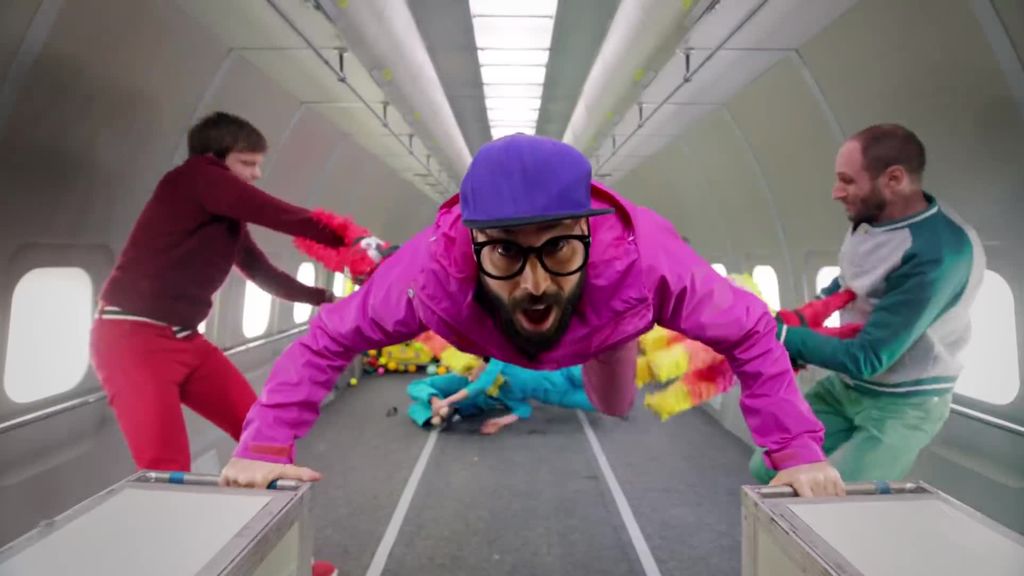
Credits
powered by
“Who doesn’t want to experience micro-gravity? What kid doesn’t want to fly?” he says. “When you find something with this much wonder in it, the sandbox is so deep and wide in what you can do on these airplanes, you want to just put the ‘What’s the cost?’ discussion aside, and make it happen.”
He does admit that filming was an arduous process, even by OK Go standards, but, he says, “In 10 years am I going to look back and wish I had that month back? I doubt it.” He admits others might not have been so psyched by the shoot, but they all have the same dedication to getting the shot, such as bandmate Tim Nordwind. “Tim hated flying in that plane. I don’t think he would describe himself as somebody who is made of particularly rugged material, but he is extremely dedicated to making the thing.”
“The moment I feel most alive and most satisfied, tends to be in that production week, when you are firing on all cylinders and doing a million things at once. There’s this joy to being in that flow.”
As the band’s promo work has developed, so Kulash has taken greater directorial control and, as a result, he has now become a director for hire through Park Pictures, recently directing ads for computer/smartphone maker ASUS.
Although OK Go’s own projects have all been brand-funded for some time, Kulash sees his commercial director role as quite distinct. “When I’m wearing my commercial hat I will do the best job I can to make the thing you are trying to get,” he explains. “When I’m putting on my band director hat we retain a certain creative control. We go from being your employees to being your collaborators on the project.”
Initially, his recent spot for ASUS was supposed to be a music promo, but ultimately he turned it into a 60-second spot because the brand needed more product visibility than he was prepared to put into an OK Go video. “I’m totally happy to make something as an ad. What I don’t want to do is tell [the viewer] that this is a free-standing piece of art, and then try to trick them into observing product features.”
The beauty of brand collaborations
Morton Salt, the sponsors of the promo for The One Moment “were more interested in a film that would get people talking, than a traditional product advertisement”. And that’s what they got: a 4.2 second explosion of minutely concentrated action, shot at several thousand frames-per-second, then stretched out for the four minutes of the song. The idea came from Kulash’s fascination with slow motion, the mystery of why it can be “viscerally, emotionally beautiful”.
When I’m putting on my band director hat we retain a certain creative control. We go from being your employees to being your collaborators.
Kulash hugely values these brand collaborations “and I think that a lot of our fans do”, believing they can be a spur to radical thinking. For example, the Chevrolet-sponsored Needing/Getting video that premiered during the Super Bowl in 2012, involved performing a version of the song by ‘playing’ carefully selected and arranged bits of junk at the side of a track in the desert, by ‘hitting’ them with a heavily-adapted Chevy Sonic, stunt-driven by Kulash. “I wasn’t sitting around with that idea thinking ‘I hope someone gives me a car that I can make robotic.’ That idea was inspired by them asking the question: ‘What’s the craziest thing you can do with a car?’”
Making viral video history
His impending fatherhood might be the inspiration behind the OK Go Sandbox, which has just launched. It’s an online resource “to give teachers whatever tools they need to connect the joy, wonder, and fun in our videos to the underlying concepts that their students are learning”, such as an analysis of the complicated maths involved in the video for The One Moment. “We know that teachers all over the place are using our videos as teaching tools, and we just want to make that easier for them.”
It’s that spark of creativity when you’re playing with sounds, or playing with visuals, or playing with numbers or whatever, where you get that alchemical burst of joy.
Staying on the education theme, Kulash has also teamed up with VR entrepreneur/director Chris Milk on an intriguing project that premiered at the Tribeca Film Festival in April, called Lambchild Superstar: Making Music in the Menagerie of the Holy Cow. Its purpose is to guide non-musicians to experience the happy accident of making a great pop song using essential musical building blocks – which happen to appear as CGI animals doing funny things. “Hopefully, it’s so intuitive you don’t even feel that sense of choice making all along the way,” Kulash says, adding that he and Milk originally talked about creating a VR version of an OK Go video. “Then we realised that to experience one is really fun, but to actually be in one is not that fun. So we asked, ‘What’s the OK Go experience we would like to be able to share with people?’, and realised it’s that spark of creativity when you’re playing with sounds, or playing with visuals, or playing with numbers or whatever, where you get that alchemical burst of joy.”

When is a video not a video?
The band fought hard to keep the film accessible to everyone when their label EMI wanted to restrict it, leading to Kulash championing the creative potential of digital in op-ed columns in the New York Times. Over a decade later, he observes that the new generation of digital natives only know this new reality, and muses that distinctions between musicmaking and filmmaking are essentially now breaking down – because it ends up in the same place.
“We’re all making ones and zeros. There’s nothing formally different about the entertainment that you get as entertainment, and the news you get as entertainment. If YouTube is the biggest music streaming platform on the planet – and more music is streamed off YouTube than any music streaming platform – then it shows how ridiculous the idea is that music and film are distinct from one another."
Credits
powered by
In the same vein, Kulash can now happily admit that an OK Go music video is not really a music video at all, in the traditional sense. And although they have always recorded the music first and added the visuals afterwards, that is not necessarily how it will happen in the future. What they are making is, of course, filmed performance art.
“I think the term ‘music video’ has been a fantastic Trojan horse for us to make whatever we want.” he says. “Now, when somebody watches one of our music videos, we hope they see that it is the artistic end, in and of itself. Obviously, we want people to come to our concerts. Obviously, we hope that they fall in love with the song. But those are secondary effects, not the primary goal. We just want them to enjoy the video.”
)
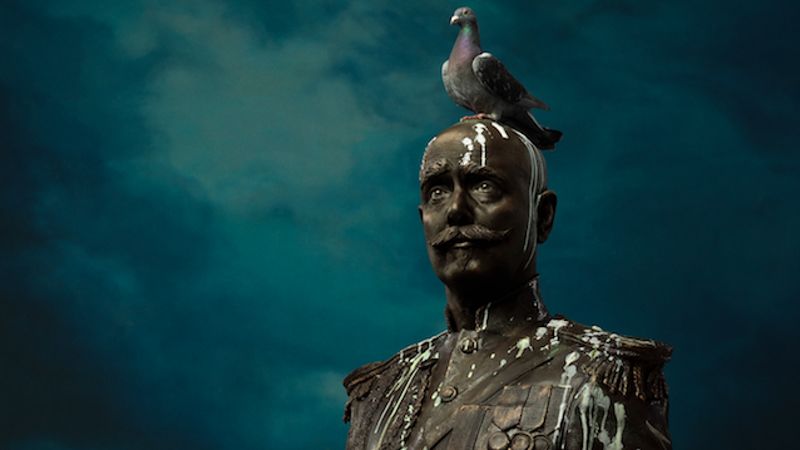
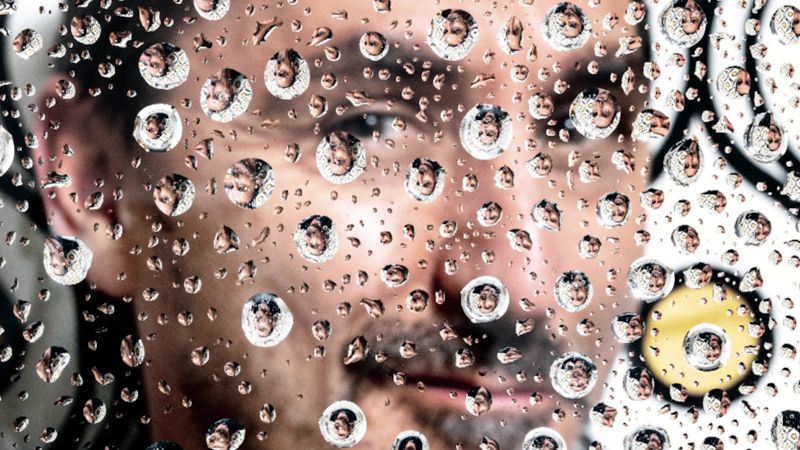


 + membership
+ membership




